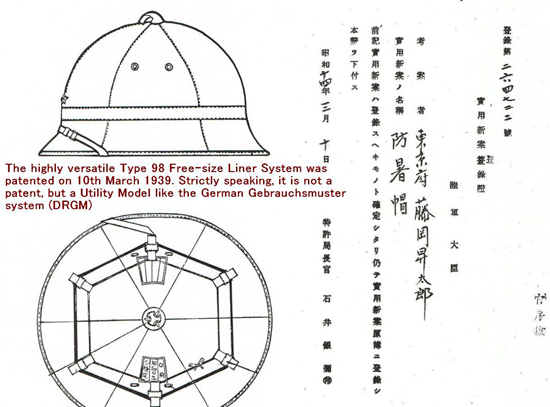 Figure 1. Top left, an Ellwood & Sons ‘Air Chamber’ military sun helmet, patented 1851, following traditional Indian designs it has a light weight cork construction, is cloth covered and has an ‘air pipe’ comb allowing air to freely circulate in the dome. Top right, a ‘Custodian’ police helmet by Christys & Co ltd (1952), uses almost identical construction methods; a version of this basic design was introduced in 1863 and was the only Custodian type for at least 10 years. Bottom left, a development of the sun helmet; a Christys & Co Ltd, late 1800s Colonial Pattern Sun Helmet. Bottom center, the attached Christys label. Bottom right, a near identically constructed police helmet, again by Christys, offered to the police as an alternative ‘Custodian’ style in the mid 1870s.
Figure 1. Top left, an Ellwood & Sons ‘Air Chamber’ military sun helmet, patented 1851, following traditional Indian designs it has a light weight cork construction, is cloth covered and has an ‘air pipe’ comb allowing air to freely circulate in the dome. Top right, a ‘Custodian’ police helmet by Christys & Co ltd (1952), uses almost identical construction methods; a version of this basic design was introduced in 1863 and was the only Custodian type for at least 10 years. Bottom left, a development of the sun helmet; a Christys & Co Ltd, late 1800s Colonial Pattern Sun Helmet. Bottom center, the attached Christys label. Bottom right, a near identically constructed police helmet, again by Christys, offered to the police as an alternative ‘Custodian’ style in the mid 1870s.
Continue reading →
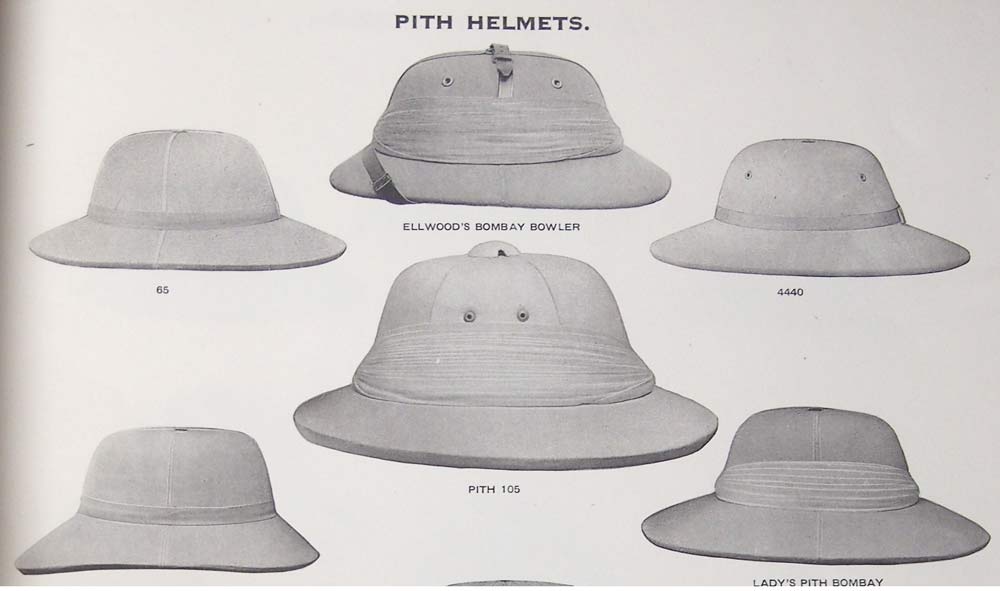

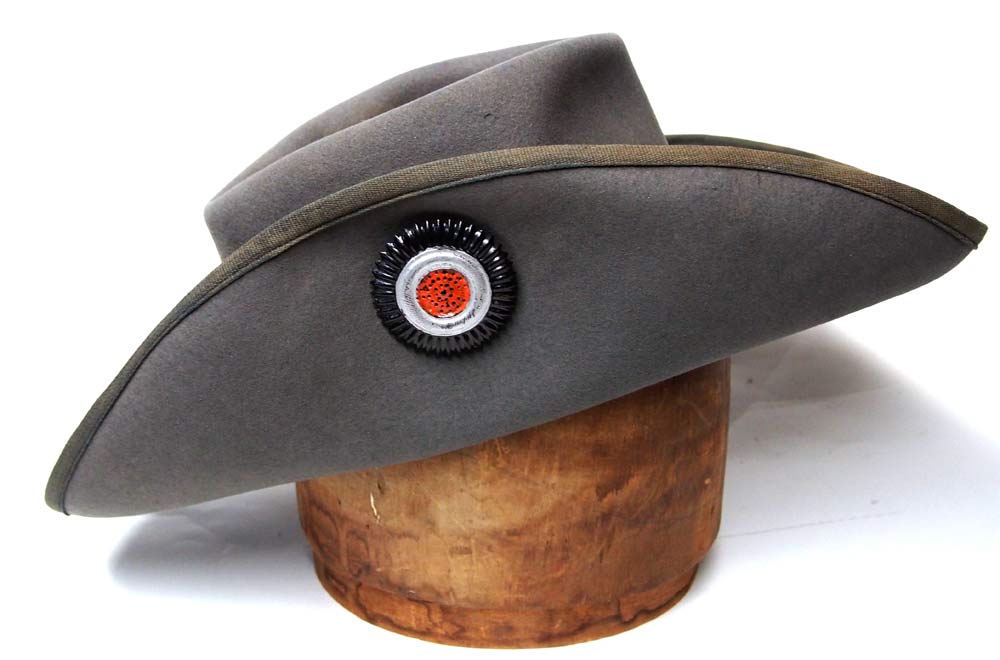

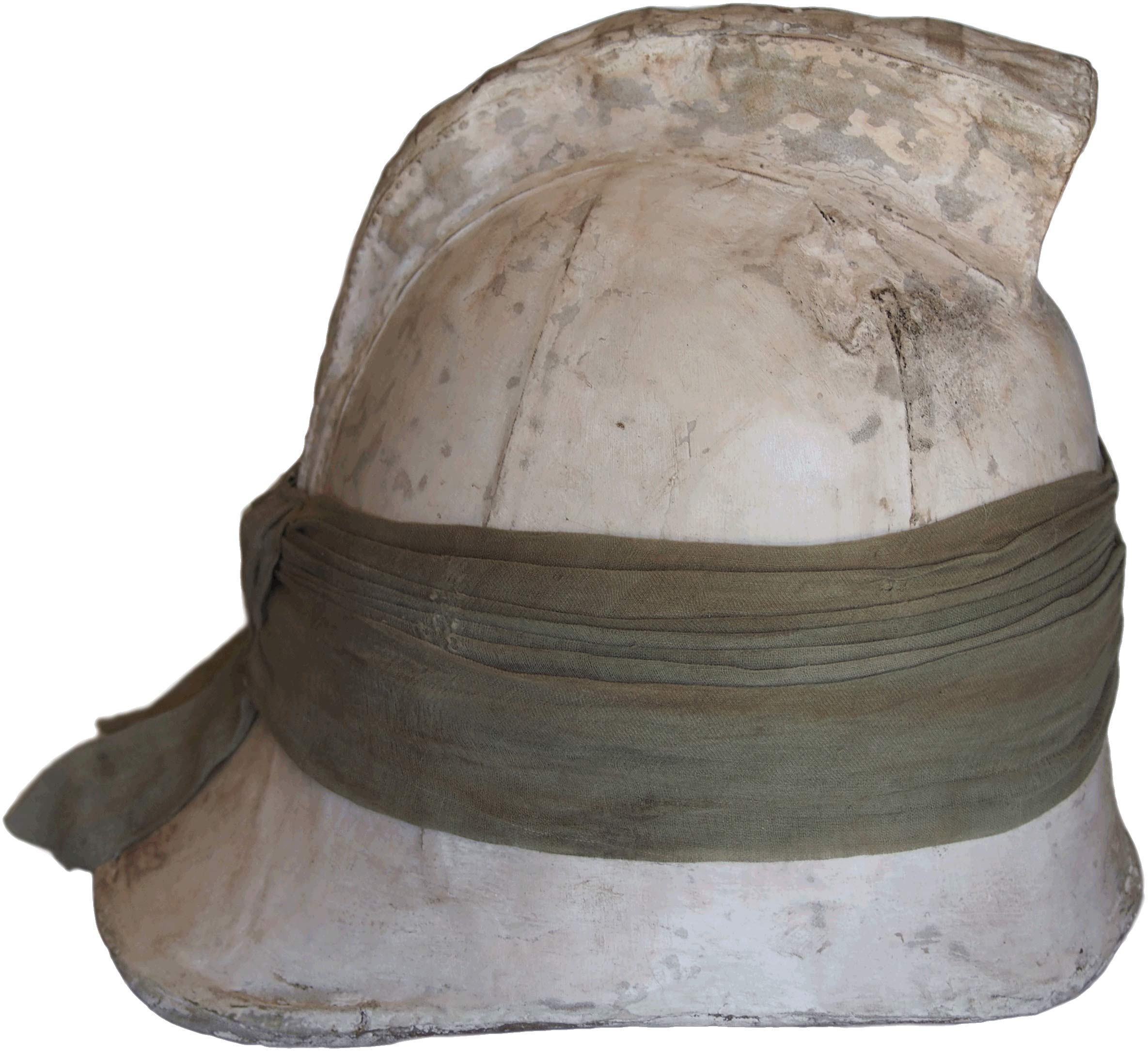
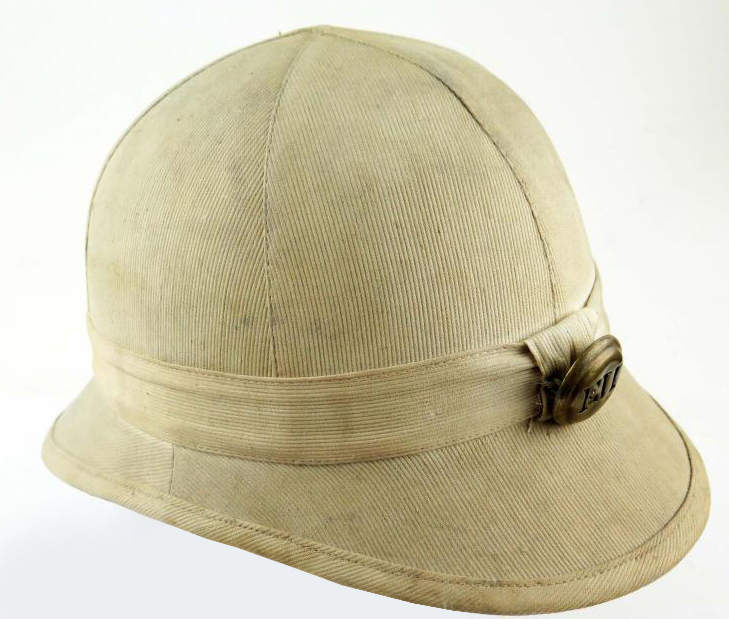 The use of a sun helmet in the Austro-Hungarian army dates back to the Crete expedition of 1897-98 when a quantity of helmets were specially ordered from a company in Vienna. The need for a sun helmet arose again when Austro-Hungarian troops were sent to Palestine in 1915 to aid the Turkish army. With temperatures up to 120ºF in the summer, these 3,000 troops needed a tropical helmet to replace their wool field caps.
The use of a sun helmet in the Austro-Hungarian army dates back to the Crete expedition of 1897-98 when a quantity of helmets were specially ordered from a company in Vienna. The need for a sun helmet arose again when Austro-Hungarian troops were sent to Palestine in 1915 to aid the Turkish army. With temperatures up to 120ºF in the summer, these 3,000 troops needed a tropical helmet to replace their wool field caps.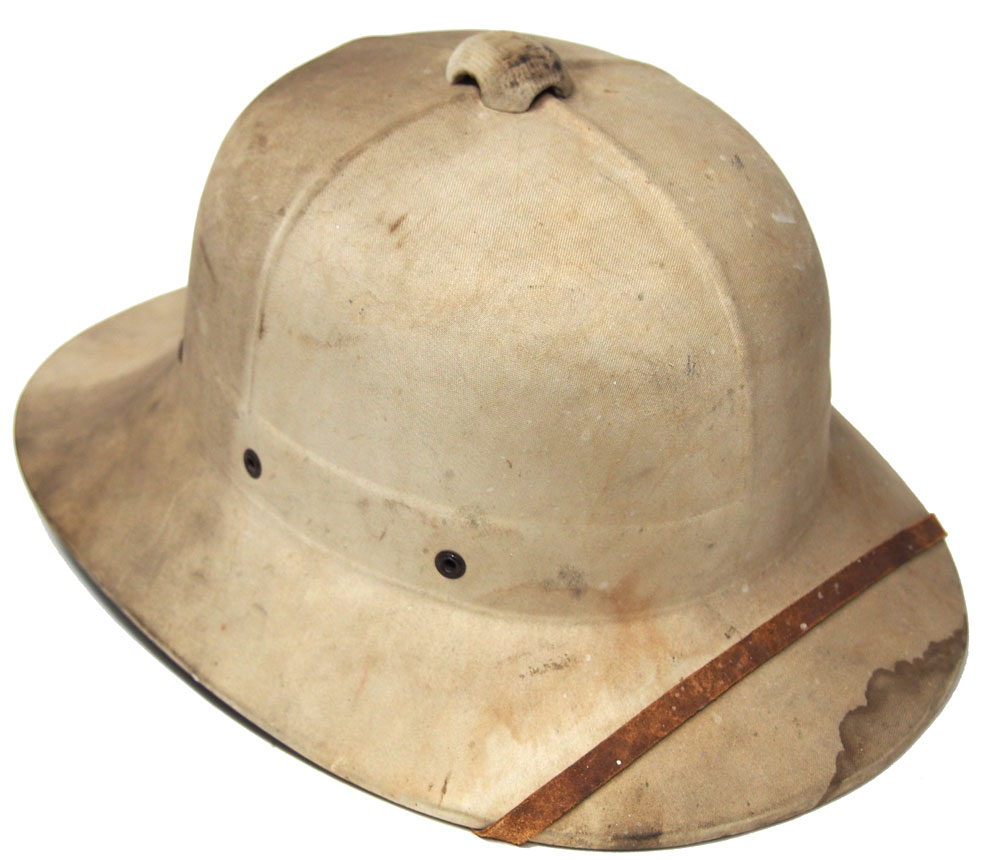 Since launching this website in early 2012 we’ve encountered numerous helmets that haven’t been largely documented, if documented at all. We’ve come across a number of helmets that can only be described as variations of the classic British Wolseley style helmet. These have included helmets made of sola pith, but recently a far more unusual example was offered for sale on eBay. It is a Canadian-made helmet that appears to be based on the naval helmet that was based on the Wolseley.
Since launching this website in early 2012 we’ve encountered numerous helmets that haven’t been largely documented, if documented at all. We’ve come across a number of helmets that can only be described as variations of the classic British Wolseley style helmet. These have included helmets made of sola pith, but recently a far more unusual example was offered for sale on eBay. It is a Canadian-made helmet that appears to be based on the naval helmet that was based on the Wolseley. 